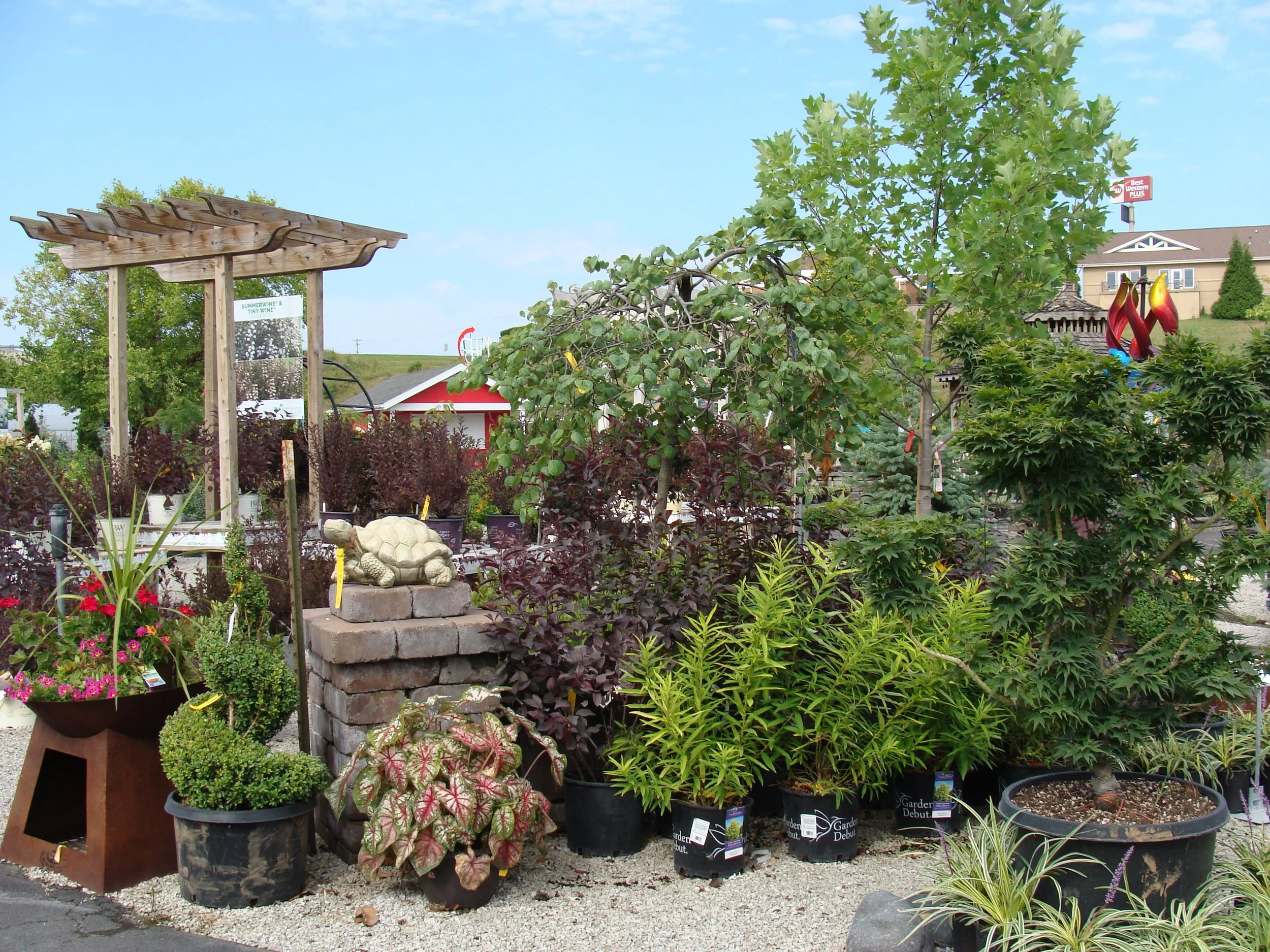Dear Lawn Service Customers,
You should have received your 2018 Property Analysis letters by now or will be very soon. We will be offering the same type of program in general but have made a few changes in order to better serve you. You will see that we have included all six steps on your P. A. sheet. We feel this is the best way to maintain a healthy lawn throughout the season. You are free to make changes to suit your specific needs.
We will be using a newer line of products that will be better suited for our area conditions as well as weather factors. We hope to work with you for the 2018 season and encourage everyone interested to respond by the February 1st deadline to take advantage of the 5% discount pre-pay offer. This is available with an order of four steps or more only. If you have any questions please feel free to contact our landscape office.
See below for a list of steps with descriptions to be used in this years Lawn Program.
Hillermann’s Lawn Program
Step 1: Late February / March – Fertilization with Pre-emergent
This step is a dry granular application and will provide lawn fertilization as well as helping with crabgrass control.
Step 2: March / April – 1st Weed Spray
This step is a liquid application and will be a blanket coverage for broadleaf control.
Step 3: Late April / Early May – Grub and Insect Control
This step is a dry granular application and will target non-beneficial species of grubs and insects at an early development stage. This is attached to a fertilizer carrier.
Step 4: May / June – 2nd Weed Spray
This step is a liquid application and will be a spot spray on areas as needed for continued broadleaf control.
Step 5: September – Fertilization
This step is a dry granular application and will provide lawn fertilization.
Step 6: October / November - Fertilization with Pre / Post emergent
This step is a dry granular application and will provide lawn fertilization with a Pre/Post emergent to target cold season weeds and help with weed control in the spring.
Step 7: ( Optional ) November / December – Iron supplementation / Pelletized Lime
This step can be on an as needed basis for different lawn requirements. Please call for estimate.
*Steps 1 and 6 will effect over-seeding results. Please call our office at 636-239-6729 for details.
Again, please feel free to contact us with any questions. We look forward to working with you this season. Thank you.
Keith Kennedy
Landscape Superintendent
Hillermann Nursery & Florist
Phone: (636)239-6729
Cell: (636)221-4753










